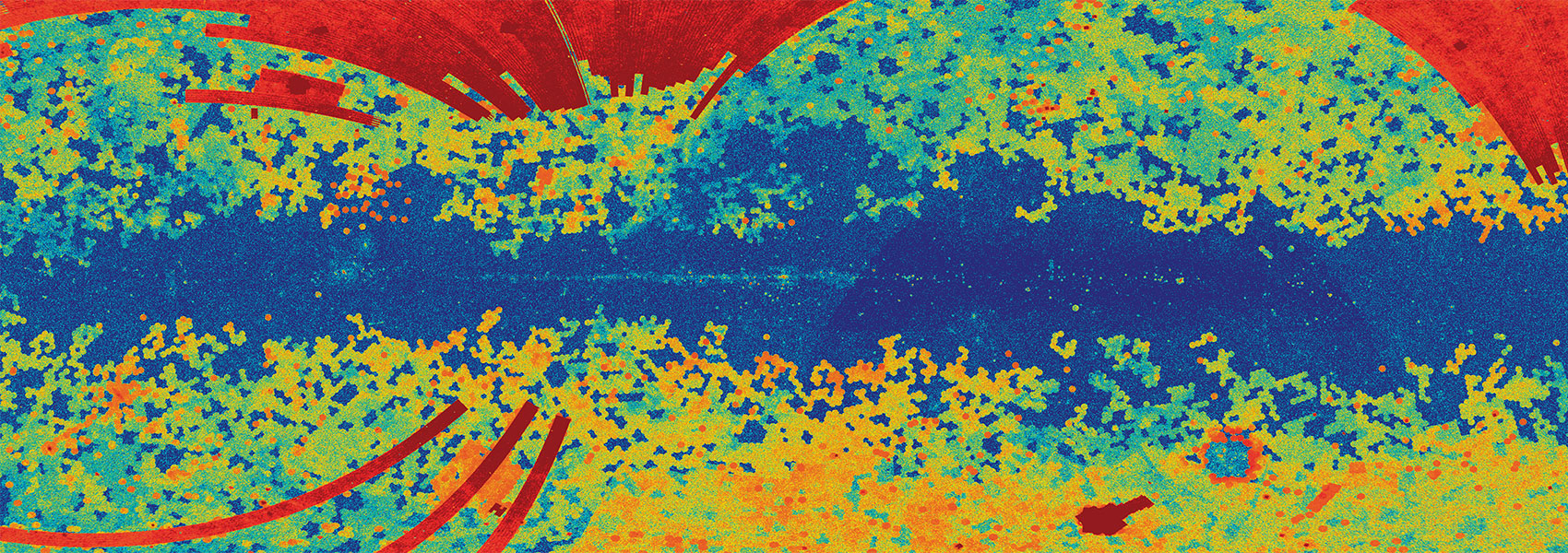
Size–Stellar Mass Relation and Morphology of Quiescent Galaxies at z ≥ 3 in Public JWST Fields
April 2024 • 2024ApJ...964..192I
Abstract • We present the results of a systematic study of the rest-frame optical morphology of quiescent galaxies at z ≥ 3 using the Near-Infrared Camera (NIRCam) on board the James Webb Space Telescope (JWST). Based on a sample selected by UVJ color or NUVUVJ color, we focus on 26 quiescent galaxies with $9.8\lt \mathrm{log}({M}_{\star }/{M}_{\odot })\lt 11.4$ at 2.8 < z phot < 4.6 with publicly available JWST data. Their sizes are constrained by fitting the Sérsic profile to all available NIRCam images. We see a negative correlation between the observed wavelength and the size and derive their size at the rest frame 0.5 μm using size measurements in multiple bands. Our quiescent galaxies show a significant correlation between the rest-frame 0.5 μm size and the stellar mass at z ≥ 3. The analytical fit for them at $\mathrm{log}({M}_{\star }/{M}_{\odot })\gt 10.3$ implies that our size–stellar mass relations are below those at lower redshifts, with the amplitude of ∼0.6 kpc at M ⋆ = 5 × 1010 M ⊙. This value agrees with the extrapolation of the size evolution of quiescent galaxies at z < 3 in the literature, implying that the size of quiescent galaxies increases monotonically from z ∼ 3–5. Our sample mainly comprises galaxies with bulge-like structures according to their median Sérsic index and axis ratio of n ∼ 3–4 and q ∼ 0.6–0.8, respectively. On the other hand, there is a trend of increasing fraction of galaxies with low Sérsic index at higher redshift, suggesting 3 < z < 5 might be the epoch of onset of morphological transformation with a fraction of very notable disky quenched galaxies.
Links
- SIMBAD https://simbad.u-strasbg.fr/simbad/sim-ref?querymethod=bib&simbo=on&submit=submit+bibcode&bibcode=2024ApJ...964..192I
- PDF https://iopscience.iop.org/article/10.3847/1538-4357/ad2512/pdf
- PREPRINT http://arxiv.org/abs/2307.06994
- DATA http://archive.eso.org/bin/ads2eso?2024ApJ...964..192I
- DATA https://archive.stsci.edu/mastbibref.php?bibcode=2024ApJ...964..192I
- DATA https://archive.stsci.edu/mastbibref.php?bibcode=2024ApJ...964..192I
- DATA https://hst.esac.esa.int/ehst/#/pages/search;bibcode=2024ApJ...964..192I
- ELECTR https://doi.org/10.3847/1538-4357/ad2512



